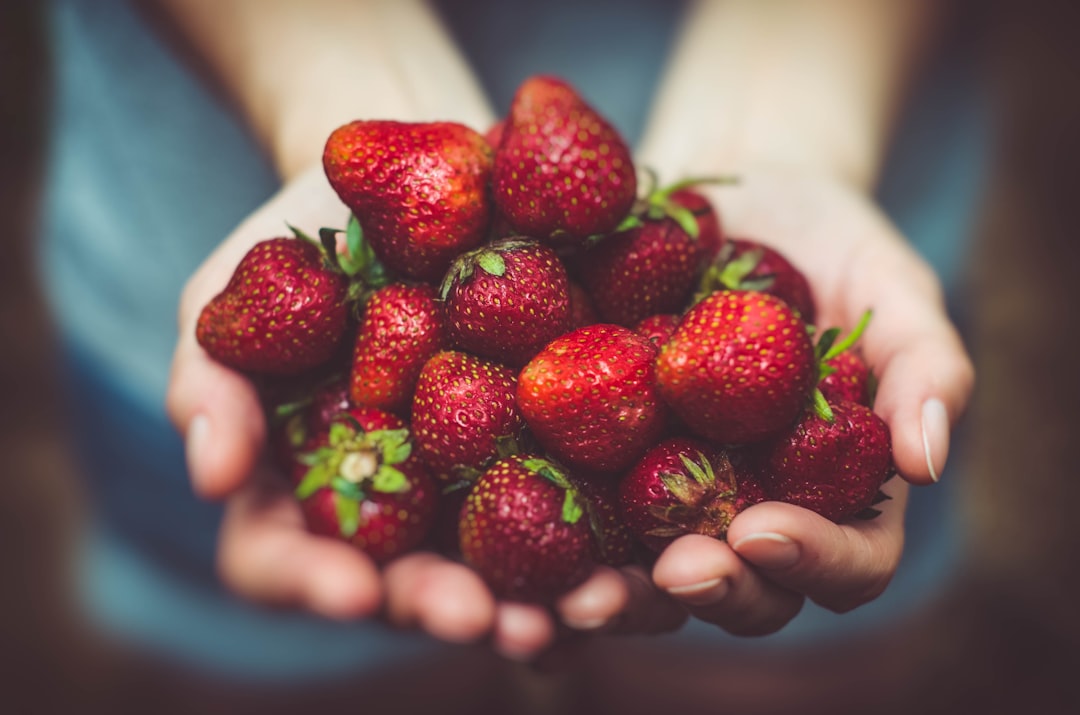Hydroponic growing opens up exciting opportunities for cultivating high-yield fruiting crops like tomatoes, peppers, and cucumbers. When managed carefully, these plants can produce abundant, high-quality fruits year-round. In this post, we’ll explore proven techniques and practical tips to maximize fruit production in your hydroponic system.
Key Elements for High-Yield Fruiting
Successful fruiting in hydroponic systems hinges on several interrelated factors:
-
Nutrient Management:
Fruit-bearing plants have specific nutritional demands. A balanced nutrient solution that’s rich in phosphorus and potassium—along with a steady supply of nitrogen—supports flowering and fruit development. Regular monitoring and adjustments are essential to maintain optimal pH (usually between 5.5 and 6.5) and electrical conductivity (EC) levels. -
Light Quality and Intensity:
Adequate, well-timed lighting is crucial for photosynthesis and fruit set. LED grow lights, with their customizable spectra, are particularly beneficial. A combination of blue light for vegetative growth and red light for flowering can boost fruit production. Ensure your system provides enough light hours each day, with supplemental lighting if natural sunlight is limited. -
Water and Oxygen Supply:
Consistent water circulation, proper oxygenation, and regular system maintenance help prevent stress and root diseases, enabling plants to focus their energy on fruiting. Oxygen-rich nutrient solutions and a well-designed reservoir system can promote healthy root systems and vigorous fruit development.
Growing Hydroponic Tomatoes
Optimal Setup
-
System Choice:
Deep Water Culture (DWC) or drip systems work well for tomatoes, offering excellent root support and nutrient delivery. -
Support Structures:
Use trellises or cages to support the heavy fruit load. Regular pruning to remove excess foliage will improve light penetration and air circulation.
Maximizing Production
-
Pollination:
Encourage natural pollination by gently shaking plants or using an electric pollinator. This helps improve fruit set. -
Temperature Control:
Tomatoes thrive in temperatures between 70°F and 80°F during the day and slightly cooler at night. Use climate control measures to maintain these conditions. -
Nutrient Boosts:
During the flowering and fruiting stages, adjust your nutrient formula to increase phosphorus and potassium levels, which are key for fruit development.
Growing Hydroponic Peppers
Key Considerations
-
System Setup:
Drip systems and nutrient film techniques (NFT) are effective for peppers. These methods ensure that roots receive a constant flow of nutrients without waterlogging. -
Lighting Needs:
Peppers require ample light to develop their flavor and color. A full-spectrum LED setup with a focus on red wavelengths during the flowering stage can be beneficial.
Production Strategies
-
Spacing and Pruning:
Adequate spacing helps prevent overcrowding, while selective pruning encourages air circulation. Removing excess foliage can also direct the plant’s energy toward producing fruit. -
Pollination Support:
Similar to tomatoes, gentle agitation or a dedicated pollination tool can aid in effective pollination, ensuring that your pepper plants bear fruit consistently. -
Nutrient Timing:
Adjust nutrient feed schedules to emphasize potassium and phosphorus as the plants start flowering, which supports fruit growth and quality.
Growing Hydroponic Cucumbers
Ideal Conditions
-
System Options:
Cucumbers thrive in NFT and drip systems, which provide consistent moisture and nutrient delivery. These systems also support vigorous growth, essential for climbing plants. -
Training and Support:
Use trellises or nets to train cucumbers upward. This not only saves space but also improves light exposure and air circulation, leading to better fruit development.
Enhancing Fruit Production
-
Pollination:
Cucumbers can be self-pollinating, but supplemental pollination through gentle shaking or manual assistance can boost fruit set, especially in enclosed spaces. -
Environmental Control:
Maintain daytime temperatures around 75°F to 85°F and slightly cooler nights. Humidity should be balanced to prevent fungal issues without hindering growth. -
Nutrient Adjustments:
During the fruiting phase, fine-tune your nutrient solution by increasing levels of potassium, which directly influences fruit size and quality.
General Tips for Maximizing Fruit Production
-
Regular Monitoring:
Track environmental conditions—light, temperature, humidity, and nutrient levels—using sensors and data loggers. Consistent monitoring allows you to make proactive adjustments. -
System Hygiene:
Keep your system clean to prevent the build-up of pathogens. Regularly sanitize tools, reservoirs, and growing media to maintain a healthy environment. -
Adaptive Management:
Each crop and setup may react differently. Experiment with nutrient ratios, light cycles, and training methods, and adjust your approach based on plant responses. -
Integrated Pest Management:
Keep a close watch for pests and diseases. Implement organic or biological controls to protect your plants without compromising fruit quality.
Conclusion
Hydroponic cultivation of tomatoes, peppers, and cucumbers offers tremendous potential for high-yield fruit production. By fine-tuning your nutrient management, lighting, and environmental controls, you create the ideal conditions for vigorous flowering and fruit set. With careful planning, regular monitoring, and adaptive techniques, you can enjoy a bountiful harvest of flavorful, nutrient-rich fruits year-round.

Comments
No comments yet. Be the first to comment!
You must be logged in to comment. Login